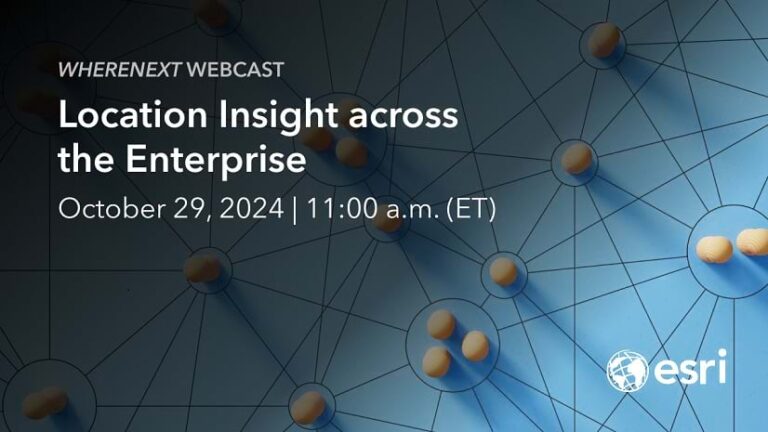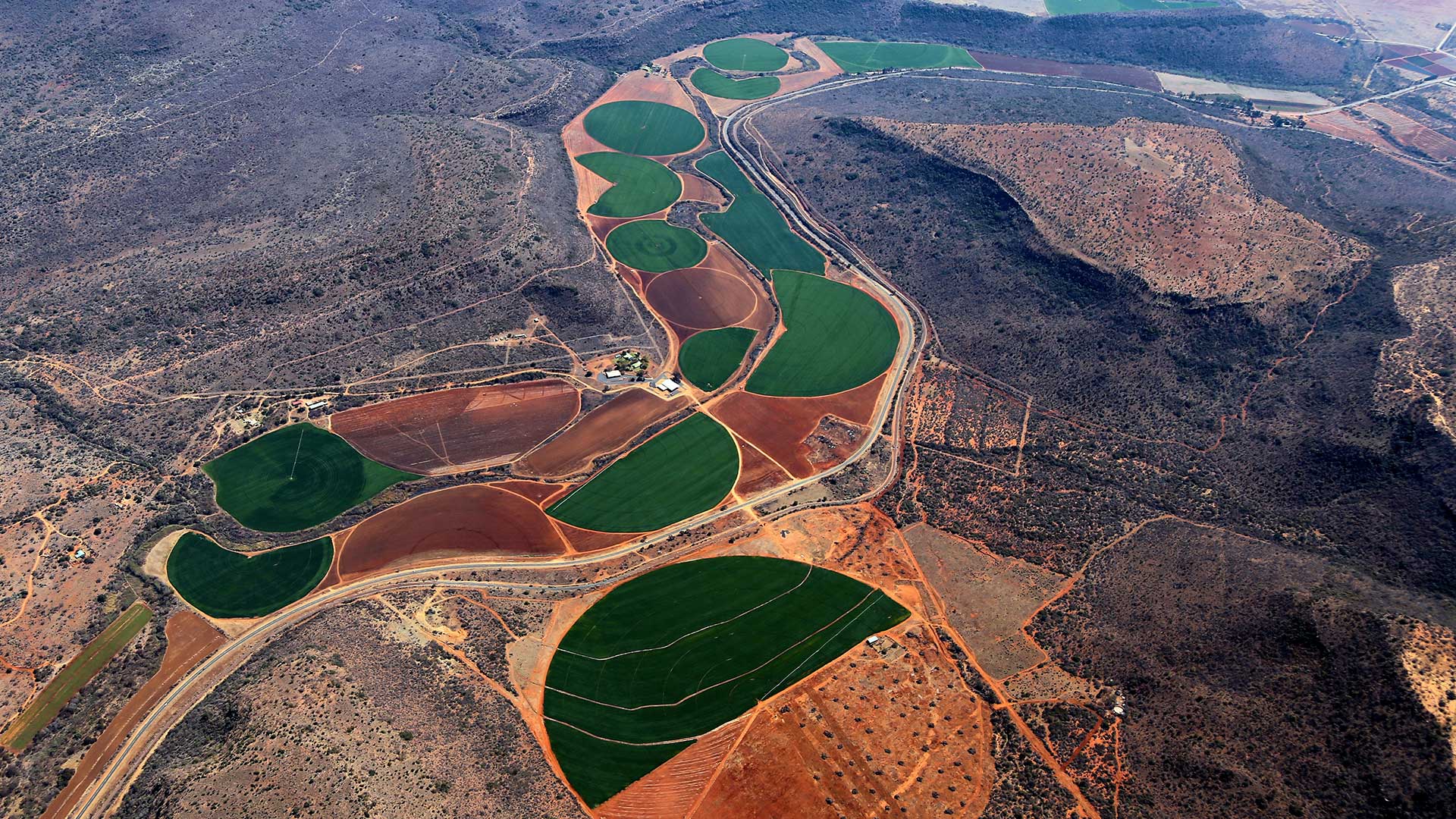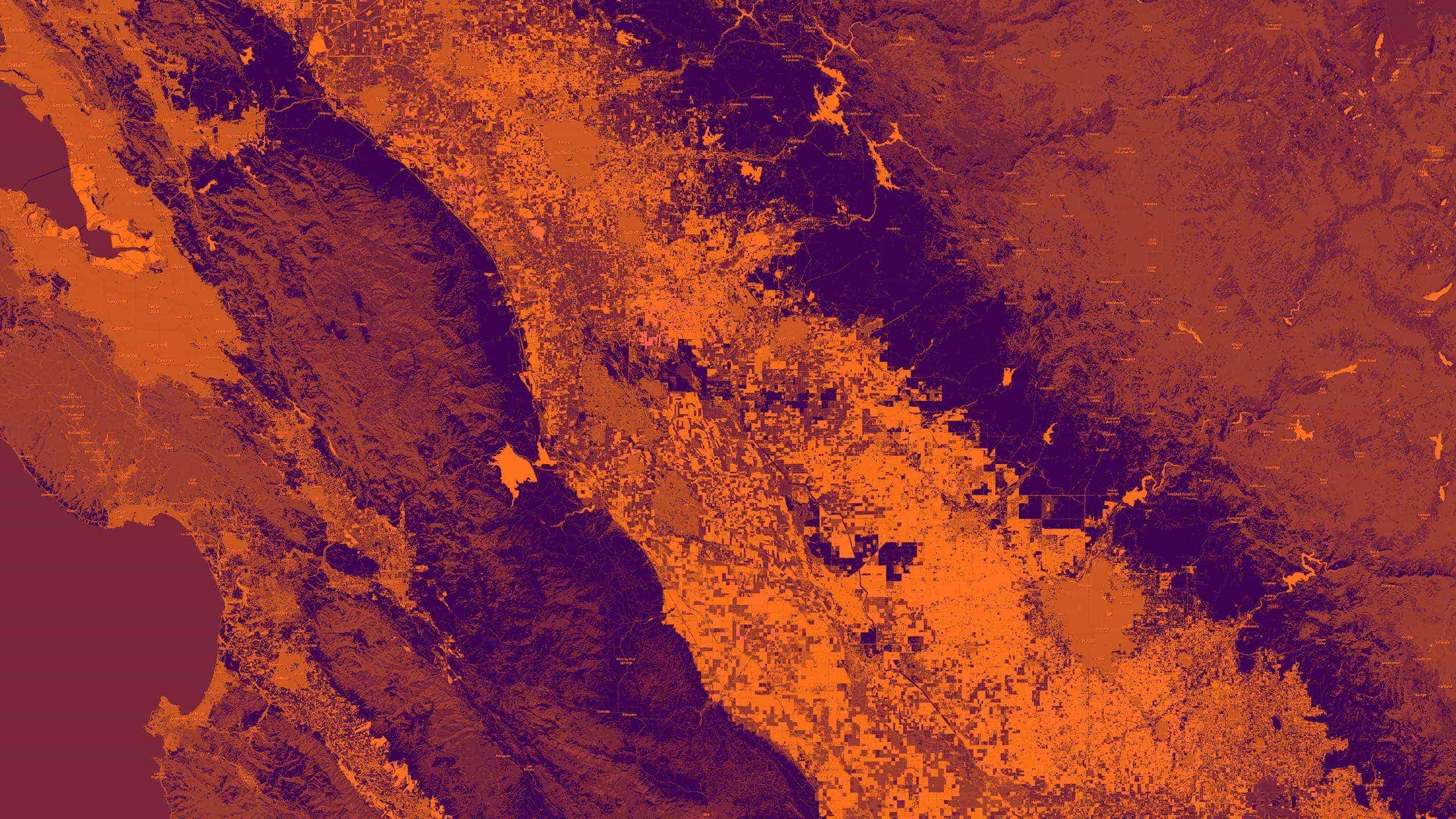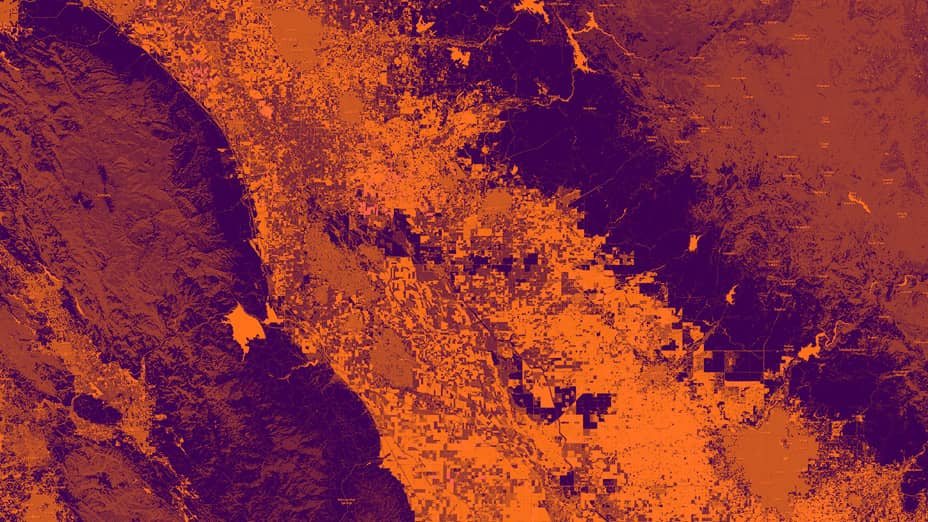One of the world’s most valuable cosmetics brands has advice for scaling nature-based practices across an enterprise. So, too, do managers from one of the planet’s largest building materials companies and an agricultural brand that’s been a kitchen staple for over 100 years.
Each company relies on the enterprise technology GIS to manage practices such as biodiversity, sustainability, and decarbonization.
In this clip from the WhereNext webcast “The Nature of Business” (access the full conversation), thought leaders offer these and other lessons on scaling across the enterprise:
- If head count isn’t growing, use technology to deliver services more efficiently.
- Use standardized measurements to track nature-related efforts across the enterprise.
- Exchange learnings across business units via working groups or a center of excellence.
- As the business grows, create location-centric dashboards so managers can quickly access key information.
- Use cloud resources to ensure reliable data access across departments and geographies.
Watch this short video for inside tips or read the transcript below.
Chris Chiappinelli, WhereNext: What happens as the technology grows, the company grows? Does [GIS] expand into different areas of the enterprise? Carlos, I think you mentioned the materials that Natura uses have grown in the past few years. So, how does GIS scale up to help you deal with greater volume?
Carlos Talini, Natura: We have a history of 20 years in the Amazon, but just in the last three years, we doubled our sourcing materials from the Amazon, and we mean to double again until 2030. So, ArcGIS has helped a lot on the process of growing the amount of sourced materials and not growing the team in the same amount, in the same line. So, that impacts on the costs.
And also, we are doing that in a better way with more data, with more information dashboards. Three years ago, we had less amount of sourced material, but today we are more able to manage all this sourced material, even if it has doubled. So, ArcGIS has helped a lot in this process.

Chiappinelli: Makes sense. You can do more with the same number of people. How about you, Robert? Holcim is a global company. Are there plans to extend the practices that you’re working on in your region to other areas of the enterprise?
Robert Nothnagel, Holcim: Basically, we’re exchanging on the sustainability development working groups. We’re exchanging our experiences, and I can see that many people are trying to implement some GIS solutions to map and manage these things.
So, I’m personally advocating to use the cloud version of ArcGIS because what I think . . . well, two elements of it. First, you need solid processes to make sure that everybody captures the right data and in the right process. And it should not be too complicated. And the second thing is how do you manage your data? It’s not cutting it if you just have a server existing here in Switzerland, and then maybe our colleagues from Australia want to work with it, and they have a poor internet connection.
So, we rely heavily on the cloud solution from Esri, ArcGIS Online. I think this is the way to go forward so it is easy to scale. We don’t have to worry about servers, memory, disk space. This is all taken care of for us. I think this is an important aspect.
Chiappinelli: Ben, how about you? How is Land O’Lakes or WinField United incorporating location technology across the enterprise?
Benoit Mourot, Land O’Lakes: Well, on our side, I think it actually comes from a soft side. The first thing we did was more establishing a center of excellence for GIS. So, trying to create awareness of the tool, sharing the best practices, learnings, quick wins across the different businesses. We are trying to work on that synergy over time.
Meanwhile, in parallel we also work on the tech side of it and . . . integrating the cloud version as well with the rest of our digital footprint. So, we are in a position where we can scale up and share the capabilities across the different division for the future, and as demand comes.
Right now . . . we are not forcing it. We’re really trying to show where we have the good wins and generate adoption that way. That has been pretty successful so far.
And really, we’re looking forward also to start to generate more geospatial analytics. Even if you go back to Answer Plot and those kinds of things, that’s really the next level for us of where we think we can gain more on that and that will push us to spread even more in that space.
The Esri Brief
Trending insights from WhereNext and other leading publicationsTrending articles

December 5, 2024 |

July 25, 2023 |

November 12, 2018 |

April 1, 2025 |

April 29, 2025 |

February 1, 2022 |





